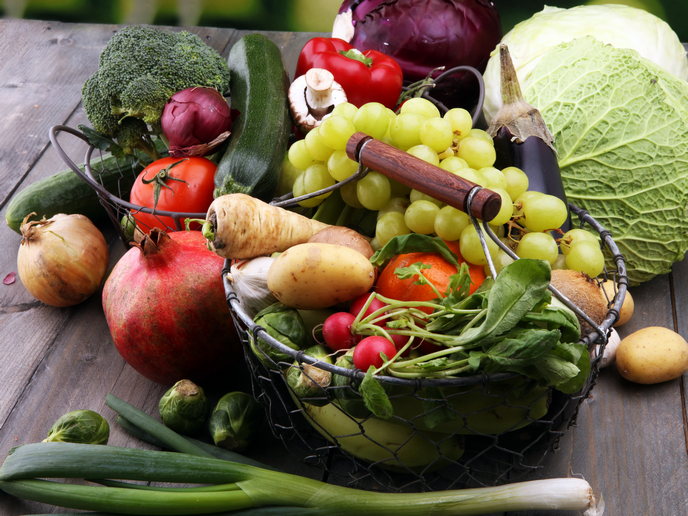New applications for newly discovered yeasts
Conventional yeasts such as Saccharomyces cerevisiae have been used for centuries in the production of wine, beer and bread, and as a result have been closely studied. However, other species, described as non-conventional, are an underutilised resource that may hold enormous academic and industrial potential. The EU-funded CORNUCOPIA (Yeast biodiversity as a source of innovations in food and health) project was a Europe-wide initiative that explored the academic and industrial potential of non-conventional yeast species. Increased knowledge in this area allowed researchers to develop new or improved food products and beverages with unique characteristics. It has also led to the production of new and better probiotics, microorganisms that provide health benefits when ingested. Project partners developed novel species-specific molecular, genetic and post-genomic tools and used them to discover which yeast genes determine superior traits. Researchers also 'domesticated' new isolates so that they could be handled more easily in the laboratory, and developed scaled up methods of cultivating microorganisms for use in biotechnology. Scientists also screened several thousand yeast species and identified a number for further research. Tools such as systems for transformation and for the determination of whole genome sequences were developed for manipulating and studying the microorganisms in the laboratory. Researchers also identified several genes responsible for interesting traits, such as aroma profile, osmo- and thermotolerance, and regulation of carbon metabolism. Two major project results were evaluated for patent protection and their potential for commercialisation. These were the use of non-conventional yeasts for baking and the use of novel genes for improving the yield and productivity of bioethanol production and the production of green chemicals. One of the most important tasks undertaken by the CORNUCOPIA consortium was to train a new generation of researchers in cutting-edge techniques. Training courses were held on yeast biodiversity and on managing and exploiting innovations, patents and spin-off companies. Practical courses were also conducted on brewing, aroma and chemical analysis, single-cell analysis tools and yeast polygenic traits. The training carried out under the auspices of CORNUCOPIA will help instil a multidisciplinary outlook in young researchers and prepare them for careers in the EU food and biotech industries. The prospect of finding new species of yeast and the industrial application of non-traditional species holds great promise for future research.







